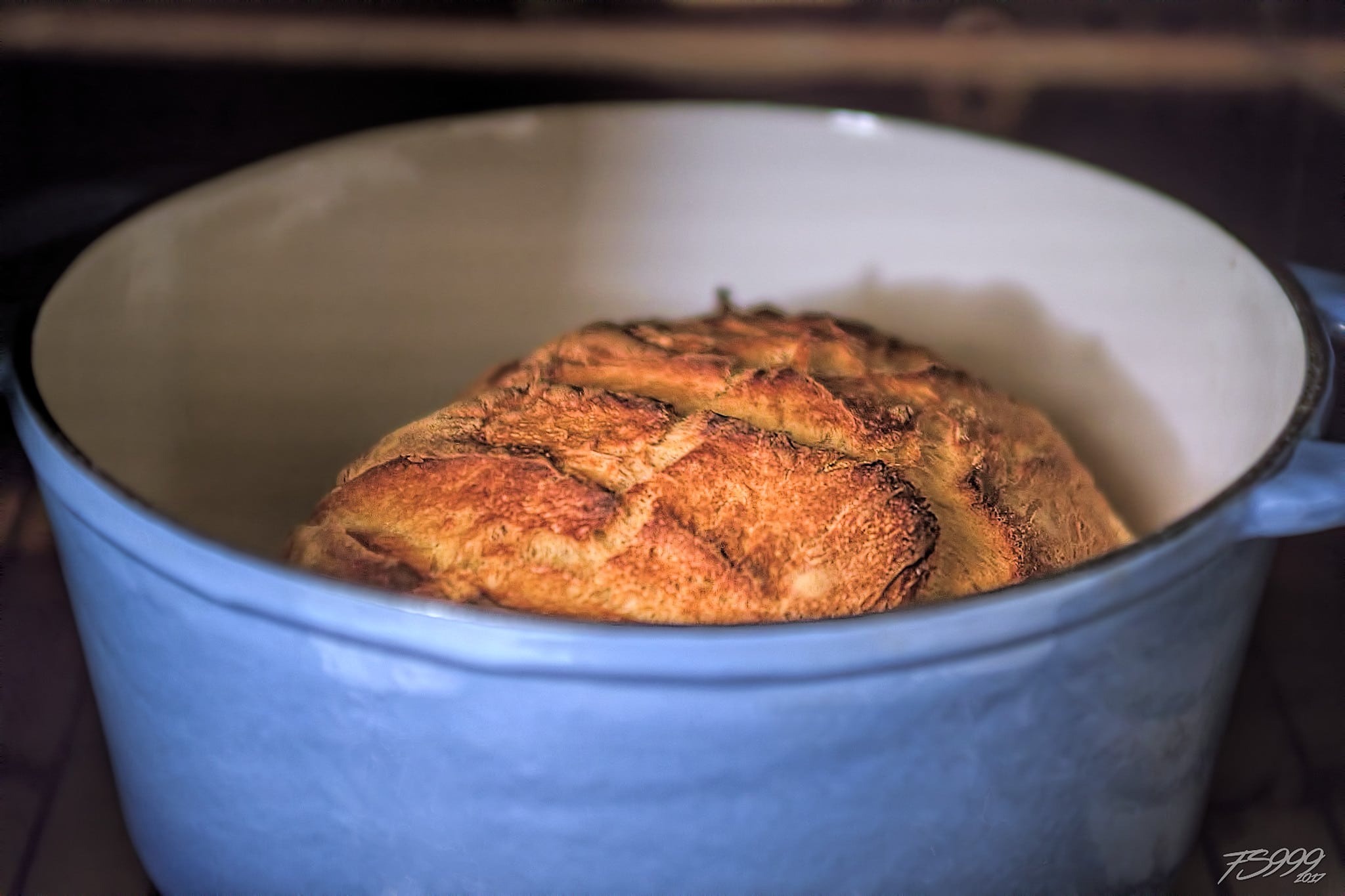Breadmaking can be a tiring task for some, most especially if you are aiming for artisan-level cooking. Creating the perfect bread involves the right control on the dough, the oven, and the moisture. Yeast and other leavening agents work perfectly when given ample time to consume the dough’s starch and from it into simple sugar.
A Dutch oven is a form of cast-iron cookware known for its thick walls and a tight-fitting lid. In the field of breadmaking, the Dutch oven is reliable cookware that serves as your small steam-injecting oven. The enclosed vessel produce by the tight-fitting lid helps in producing steam.
Will Bread Stick to Dutch Oven?
While baking, the crystals will create a barrier to prevent the bread from expanding from the inside. This allows the scores of the dough to expand fully while producing a crispy and flaky exterior. Since some of this cookware is unseasoned, there is a possibility that food will stick into the pan’s surface, which may leave a scorched or burnt end on the pan.
If you happen to stick your pan inside your cookware, there are several methods and techniques in keeping your Dutch oven safe. You may need non-metal materials like silicon, wood, and plastic. This prevents your Dutch oven from receiving scratches while keeping your bread intact.
Pry it loose
The first method uses a rubber spatula or a wooden spoon. Allow the bread to cool before lifting it away from the cookware. If you can fit your hands, you can do it—or you may use a rubber spatula to lift your bread gently. Allow the spatula to lift the underneath corners until it loosens the bread from the cooking pot.
Repeat the process of using the spatula to lift your bread until it slides gently. You can use a wooden spoon or a plastic ladle for this. Tongs is not suggested since it can poke a hole into the bread.
Add steam to your cookware
If you have fragile bread (made with wet dough), you can use this second method. While the Dutch oven is still hot, cover it with the lid for ten minutes. This allows the steam trapped inside the cooking pot to help to release the bread.
If it is not hot enough, place hot water on a small oven-safe dish. Place it near the bread and cover it with a lid. Please place it in a hot oven for five minutes to speed up the steam process. Pry your bread until it loosens up.
Place a cooling rack
Flip your Dutch oven while placing a wire cooling rack underneath. Allow the excess steam and gravitational pull to release your bread. This works effectively with loaf bread and other types of bread that are not mushy.
How Do You Keep Bread from Sticking to Dutch Oven?
Bread can stick to your Dutch oven for several reasons: dough consistency, minimal greasing, and temperature. It may damage your baked product’s overall quality, but it is still better than to dispose of your bread. You might consider three methods in keeping away your bread from sticking to your cast-iron cookware. Reconsidering your oven’s size, applying liners and grease, and using Double Dutch are some of the things you might reconsider in keeping your bread’s quality.
Purchase a larger Dutch oven
In breadmaking, it is essential to know the size of your cookware. If your pot is not large enough, there is a high chance that the bread will cling to the pan’s surface—making it cling further. The dough inside will continue expanding until it overfills your cookware.
Purchasing a larger Dutch oven will provide better wiggle room for you to cook your bread and pastries. You can also proportion your bread into smaller pieces to allow enough room for your baking. Just like baking cookies, bread also requires enough gaps to distribute hot air and steam completely.
Line, grease, or flour your cookware
Although several Dutch ovens are already pre-seasoned, some require seasoning before using. Seasoning is when oils with high smoking points are placed on the pan to produce natural patina. Patina is responsible as a healthy, non-toxic material that is stick-proof.
However, some still require a generous amount of grease and flour to prevent the pan from sticking. You can also place parchment paper to line your cookware properly.
Consider using a Double Dutch oven
If you want to invest in your baking equipment, you may consider this third option: purchasing a Double Dutch oven. This variant is an improved version of a Dutch oven but with deeper basing and a skillet-shaped lid. Once deconstructed, you will possess your very own cast-iron casserole and a skillet.
Due to this construction, the flat bottom provides wider space for your bread. It can also give a tighter seal, which will prevent the bread from sticking further. As mentioned, you can utilize the Double Dutch oven’s lid as your skillet.
Do You Need Parchment Paper for Bread in Dutch Oven?
Parchment paper is commonly used for breadmaking due to its heat-resistant and non-stick nature. It provides a thin layer to allow your bread from baking in the oven without burning and sticking. The material is also durable enough to lift your bread without tearing.
This might sound good, but there are times that parchment paper is not available to your pantry. Does that mean that you cannot recreate the best bread? The answer is no. You can use other substitutes to your parchment paper—and it can still work efficiently.
Since the Dutch oven provides the amount of steam necessary to keep the bread moist, placing liners is not necessarily suggested. If you have a non-stick variant, you don’t have to place anything.
But, if you insist—you can use home products like shortening, lard, butter, and margarine to coat your cookware. You can also add all-purpose flour and dust the greased cookware to increase the chance of sticking.
Picture from fs999

